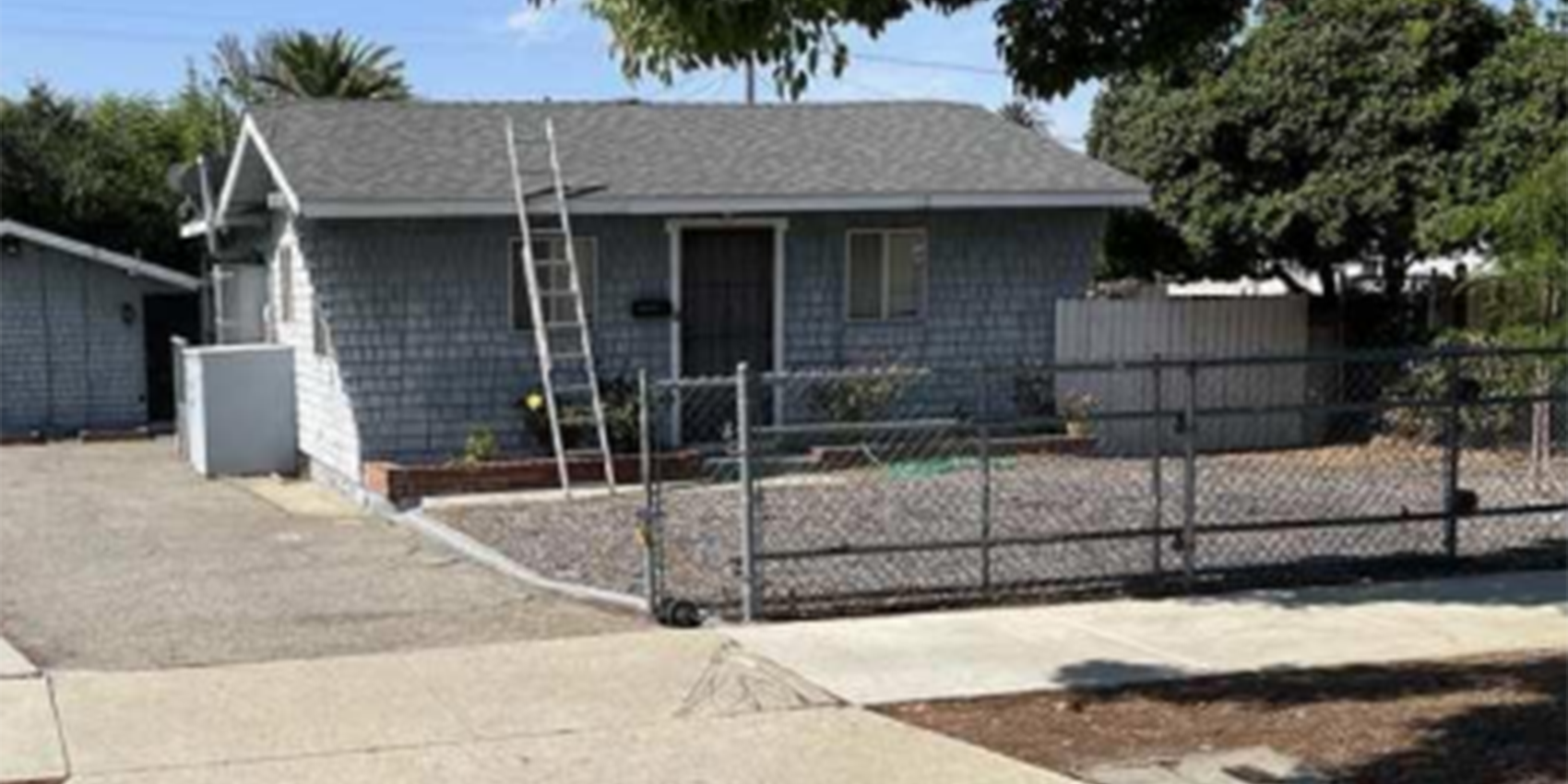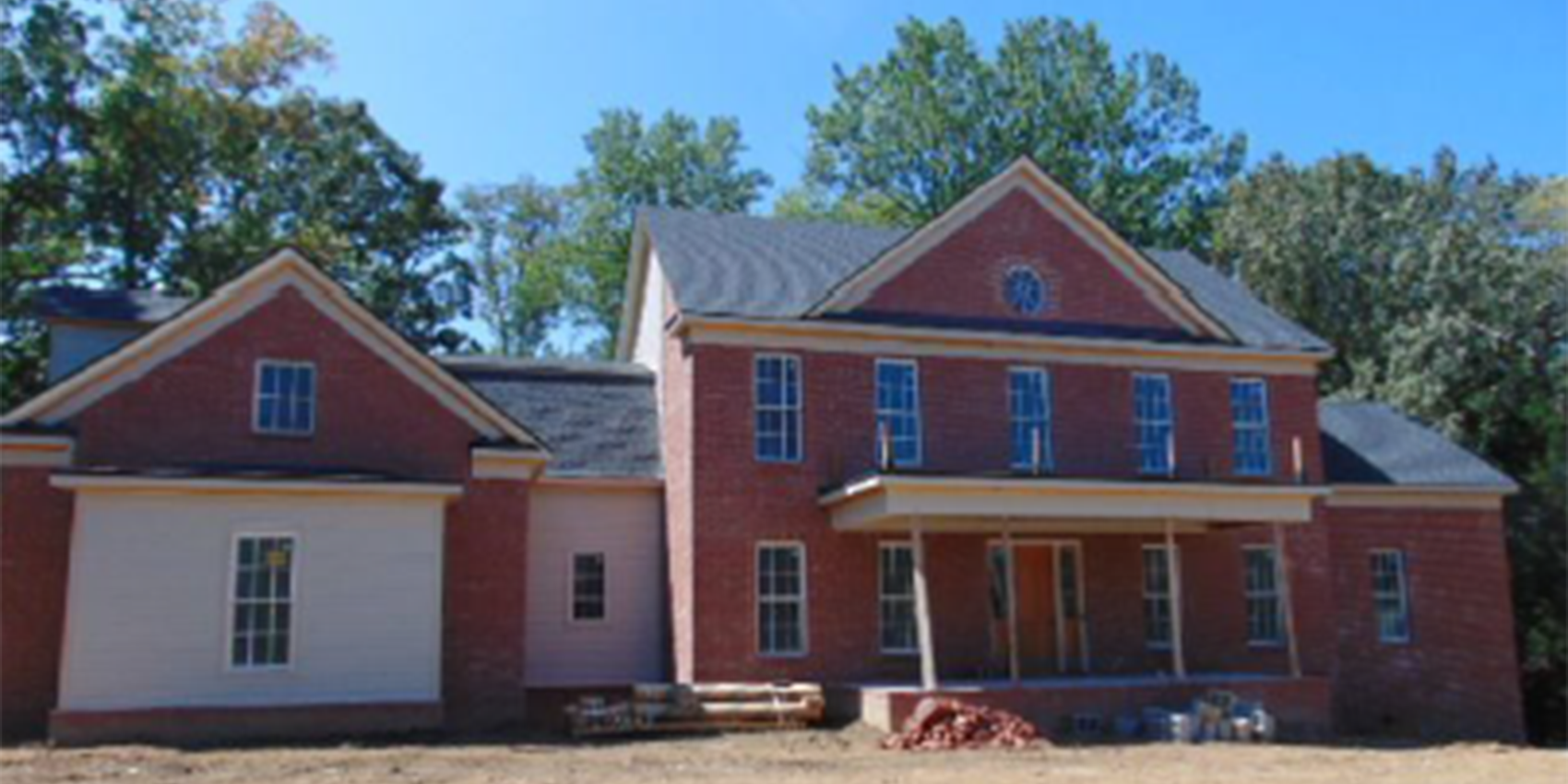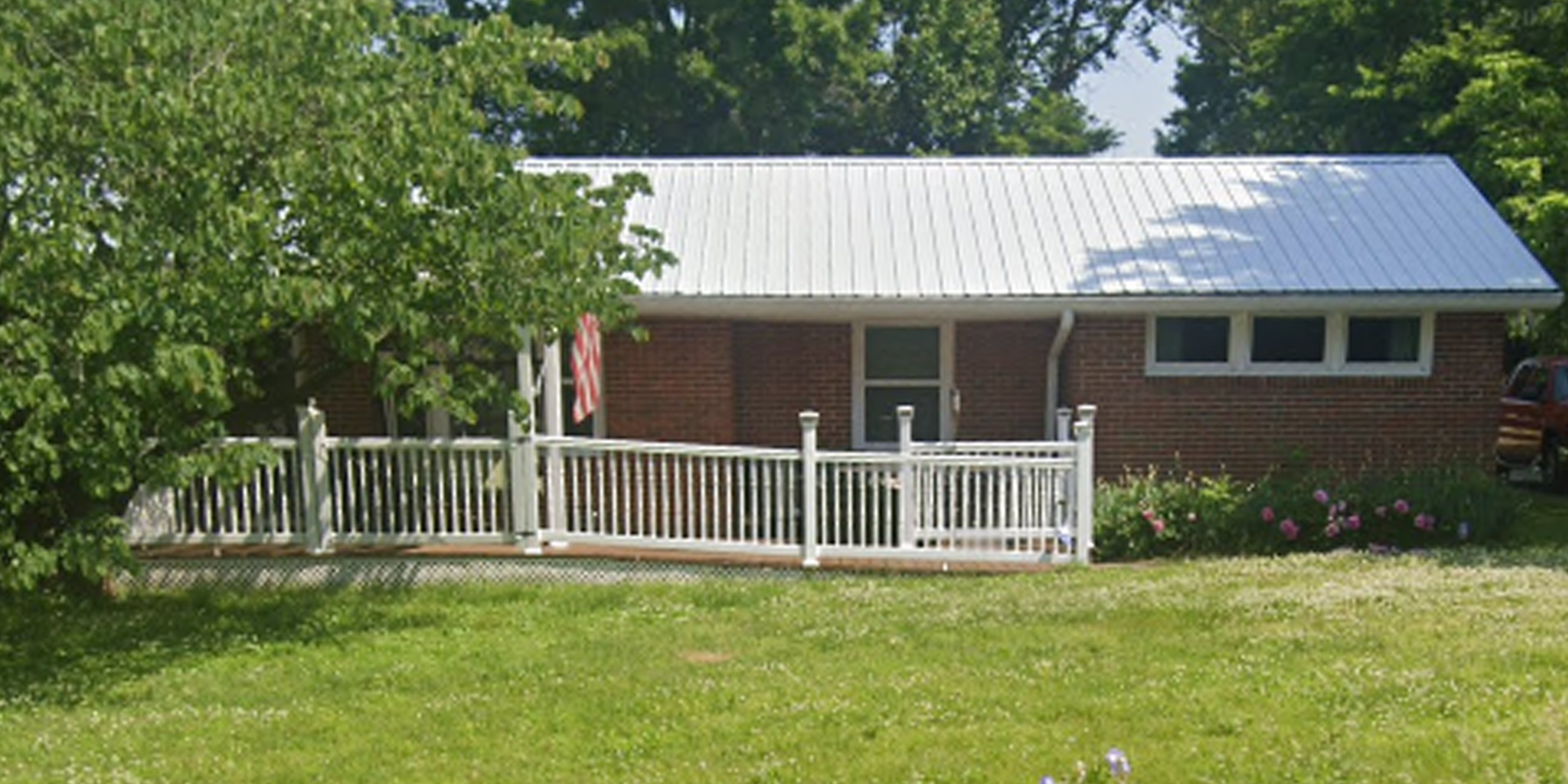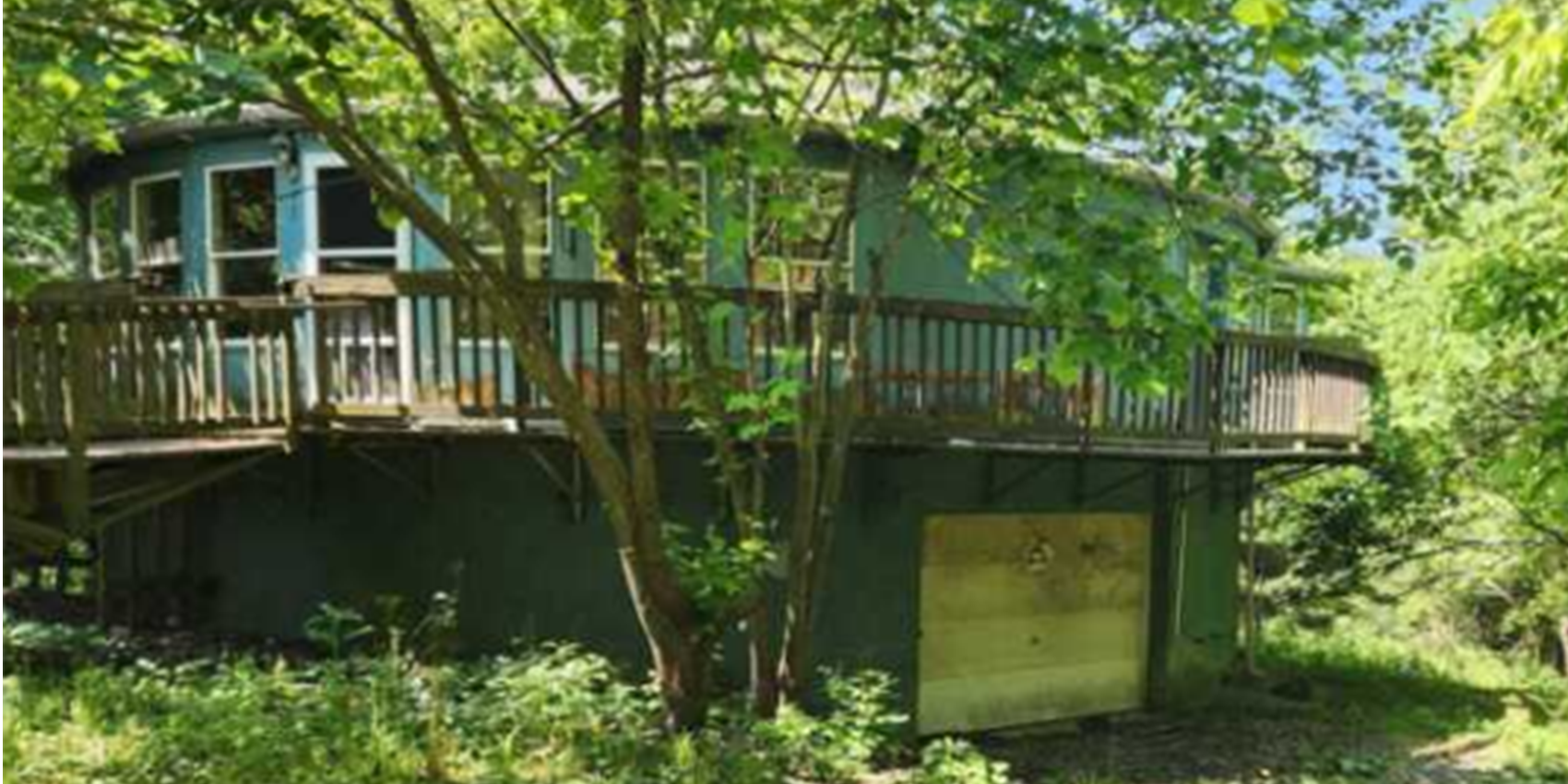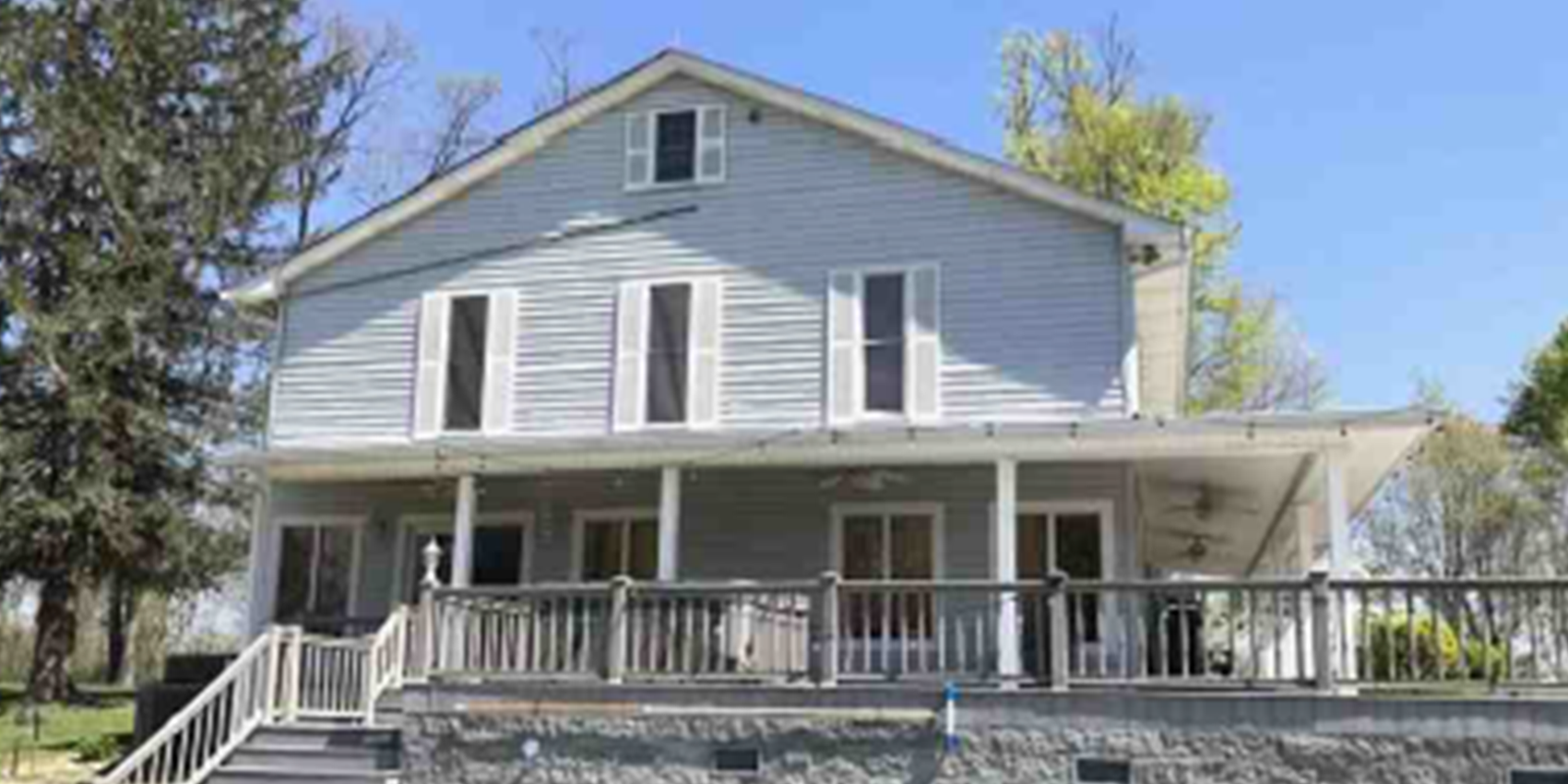It’s not over yet, but the cloud of uncertainty about the economy is slowly lifting as businesses are re-opening, people are going back to work and places of worship are welcoming parishioners back.
According to MarketWatch.com, consumers began to have more confidence in the economy last month. We saw a rise in the “future expectation index” indicating that people are beginning to believe that the economy will recover from the slumps that occurred in May.
Economists and the Federal Reserve Board believe consumer spending will be the key to building the economy after we re-group from the pandemic. Optimism in real estate will help people gain confidence in the market as a whole and then they will start spending money again.

The most logical asset in which consumers can put their money right now is real estate—especially new construction, either for single family homes or for multi-family homes. The reason is because real estate construction jobs contribute over $1 trillion annually to the economy. Last year that amounted to a little more than 6 % of the Gross Domestic Product (GDP).
About 70% of the US economy is based on personal consumption: home purchases are by far the largest numbers in that equation, but also important are what people purchase for their homes, such as fixtures, furnishings, décor, and improvement items.

In the “existing home” markets, there are real estate agents, brokers, mortgage officers, banks, title companies, lawyers, and the like. However, in building either single-family or multi-family assets, many more people are involved in the process besides those handling the sale. Think for instance, about architects, landscapers, earth movers, construction companies, construction crews, employees in city planning, plumbers, electricians, painters, delivery people, those who work in the markets that sell the items those workers need, and, the manufacturing plants that make those items.
Building a home or a multi-family asset boosts the economy because of all the jobs that that construction event creates. The National Association of Realtors estimates that for every home sold in the US, $88,000 from that sale impacts the economy. Building 1,000 average single-family homes creates 2,900 full-time jobs and generates $110.96 million in taxes and fees for all levels of government, according to NAHB’s National Impact of Home Building and Remodeling report. The number of employees in the US construction industry in 2018 was over 11 million. When they are working, they are—in turn—spending money that goes back into the economy.
People’s confidence in the economy rises when housing prices rise. They spend more money which in turn boosts the economy. They want to buy other real estate assets as well and will use the equity in their homes to purchase them. Many people were watching the equity in their homes rise and along with that, their belief rises that life is good and that buying things is okay again.

Home sales is a common indicator of the health of the housing market, whether single family homes, condos, apartments, or other multi-family assets. Increasing home sales is generally viewed as a sign of a strengthening economy. So, one might say, “as goes the housing market, so goes the economy.” They’re like best friends, walking hand-in-hand.
If you’d like to do your part in helping the economy recover from the pandemic, consider investing in real estate, either in purchasing an asset, or building one. Either way, it will make a big difference.


